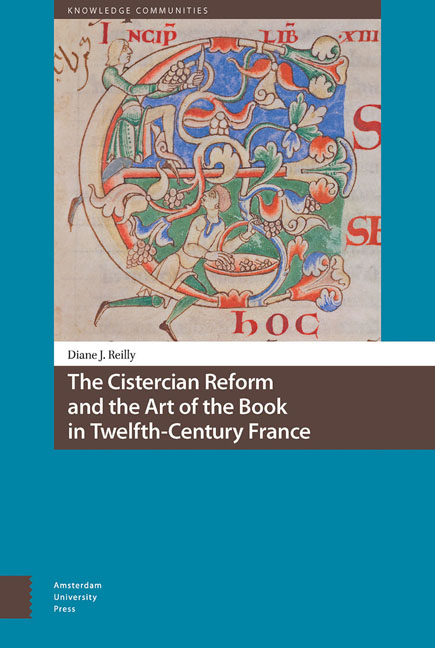Conclusion: Beyond Sound
Published online by Cambridge University Press: 10 December 2020
Summary
Recent scholarship, particularly that of Éric Palazzo, has cast light on the role of physical senses other than hearing in the liturgy. The senses served as a way of knowing God and his creation, most perfectly experienced in the multi-sensory performance of church ritual, where, as Palazzo says, “the ‘activation’ of the sensory elements of the liturgy (of which art is but one), [generates] the in presentia which aims to make the manifestation of the invisible concrete.” For him, the sensory experience of the artwork as a thing helps to create a sacred space when it is activated within the liturgy. I have not yet grappled with the way in which the early Cistercian manuscripts examined here may have been used to make the divine manifest. Unlike the Gospel books that are Palazzo's particular interest, the surviving Cistercian manuscripts were not employed during sacramental rituals, yet when the monks sang and cantillated the words found within they voiced the word of God. The materiality of the books themselves may have played a role in this.
Our evidence that the early Cistercian monks considered the senses as a component of choir worship, or the impact of physical sensation on their experience of Scripture in the choir, is largely tangential. The depictions we have seen of figures eating, speaking, and listening to Scripture testify that the monks of the New Monastery valued the oral dimension of their spiritual practice. The efforts they made to collect and correct the appropriate texts and melodies for choir and refectory reading support this impression. Yet early Cistercian writers never said explicitly that the sense of sound mattered. Stephen Harding's argument in his Monitum, that the books of the Bible, as translated by Jerome, ought to “sound as one,” may come closest to a direct testimony that in the monastery's early years the founders cared about aural experience.
Traces of their attitudes to other senses are equally scanty. We have occasionally encountered the metaphorical and physical sense of taste because medieval writers often equated the salutary effects of speaking Scripture with imbibing the sweetness of spiritual nourishment, and warned of the potential sinfulness of savoring material food.
- Type
- Chapter
- Information
- Publisher: Amsterdam University PressPrint publication year: 2018



